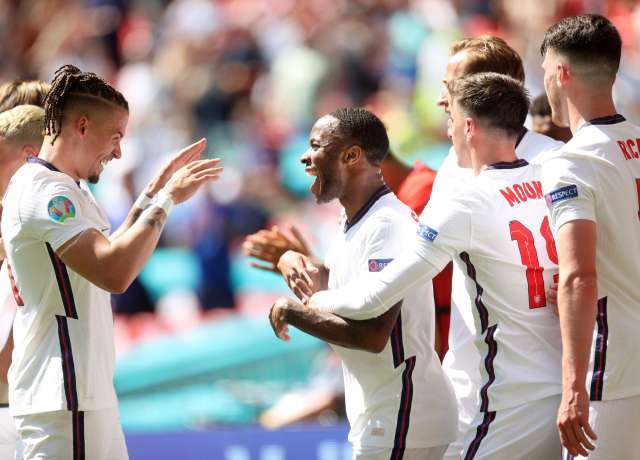Do you know why England has been donning the recognisable Three Lions symbol on their shirts for almost 150 years?
In 1872, England and Scotland competed in the inaugural international football match, which ended in a goalless draw.
That day, when England played with the Three Lions in their uniform, it became a national emblem and was even featured in a hit song by Baddiel and Skinner and the Lightning Seeds.
However, England was just utilizing the crest that the Football Association had chosen at its founding in 1863.
Although many England supporters will be familiar with the badge, few will probably understand why the crest has three lions.
Most people are unlikely to have noticed another little element on the insignia, though. Each of the three lions has its own connotation, according to The Sun.
The first is a representation of King Henry I, also referred to as the Lion of England, who ruled the nation from 1100 until his death in 1135. The King added a lion to the English Royal Arms once he was crowned.
In order to respect his father-in-law, Godfrey I, Count of Louvain, insisted on having a second lion added to the Royal Arms when he married Adeliza of Louvain in 1121.
The third lion was added in 1154, when King Henry II (Henry I’s grandson) married Eleanor of Aquitaine. Henry II used it to honour his wife, who also had a lion on her family crest.
Eagle-eyed England enthusiasts may have observed that the logo has ten flowers.
The Tudor roses are England’s traditional floral heraldic insignia, named after the House of Tudor, which merged the Houses of Lancaster and York following the War of the Roses (1455-1487).
The ten roses were later added to the England badge in 1948-49 to symbolise the ten divisions of the Football Association at the time.
When England plays Brazil in a friendly on Saturday night, they will don the recognisable badge in honour of their 2024 European Championship campaign.
The new uniform and the redesign of the St. George’s cross, which is featured on the collar of the uniform, have generated debate.
Besides the traditional red, the cross also has blue, purple, and navy in its design. Some football fans took issue with the alteration, calling it “disrespectful” and “insulting” in comments on X.
The FA has stated that it does not intend to recall the new strip, despite requests for the outfit to be changed.
“The new England 2024 Home kit has a number of design elements which were meant as a tribute to the 1966 World Cup winning team,” read an official statement.
“The coloured trim on the cuffs is inspired by the training gear worn by England’s 1966 heroes, and the same colours also feature on the design on the back of the collar. It is not the first time that different coloured St George’s cross-inspired designs have been used on England shirts.
“We are very proud of the red and white St George’s cross – the England flag. We understand what it means to our fans, and how it unites and inspires, and it will be displayed prominently at Wembley tomorrow – as it always is – when England play Brazil.”











